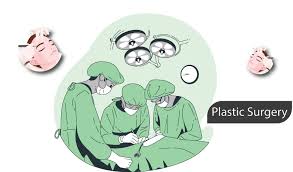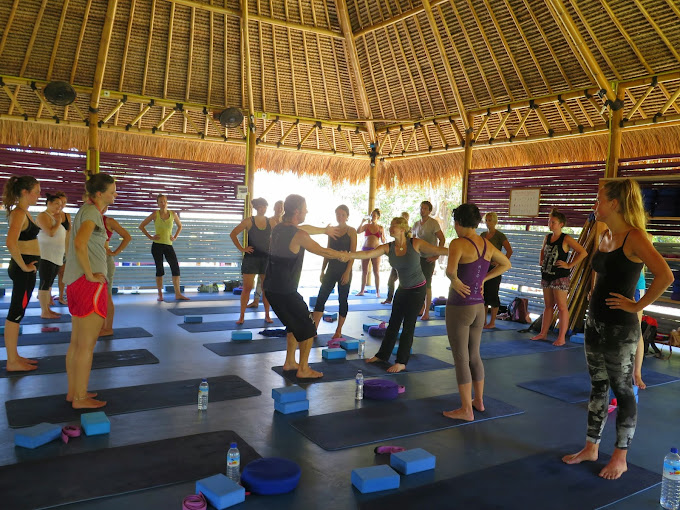Plastic Surgery in General is a medical specialty focused on the restoration, reconstruction, or alteration of the human body. It is broadly divided into two main categories:
1. Reconstructive Surgery
This type of surgery focuses on restoring the appearance or function of body parts that have been damaged due to injury, illness, congenital conditions, or surgery. Common types include:
- Breast reconstruction after mastectomy (due to breast cancer)
- Burn treatment and skin grafts
- Cleft lip and palate repair
- Hand surgery to restore function and mobility after accidents
- Reconstruction after trauma like car accidents or severe wounds
2. Aesthetic (Cosmetic) Surgery
Aesthetic plastic surgery focuses on improving or altering a person’s appearance to meet their desired image. This includes both non-surgical and surgical procedures. Some popular procedures include:
- Facelifts (rhytidectomy) to reduce wrinkles and sagging skin
- Liposuction to remove excess fat
- Breast augmentation or reduction to alter breast size and shape
- Rhinoplasty (nose surgery) for reshaping the nose
- Tummy tuck (abdominoplasty) to remove excess skin and fat
- Botox injections or dermal fillers for wrinkle reduction and volume restoration
Key Considerations:
- Qualifications: It’s important to choose a board-certified plastic surgeon with experience in the specific procedure you’re considering.
- Recovery: The recovery time varies depending on the procedure. Reconstructive surgeries may involve longer recovery periods due to the complexity of the procedures.
- Risks and Complications: As with any surgery, there are risks, including infection, scarring, anesthesia complications, and dissatisfaction with the outcome.
- Cost: Cosmetic procedures are often not covered by insurance unless they are medically necessary, while reconstructive surgery may be covered.



